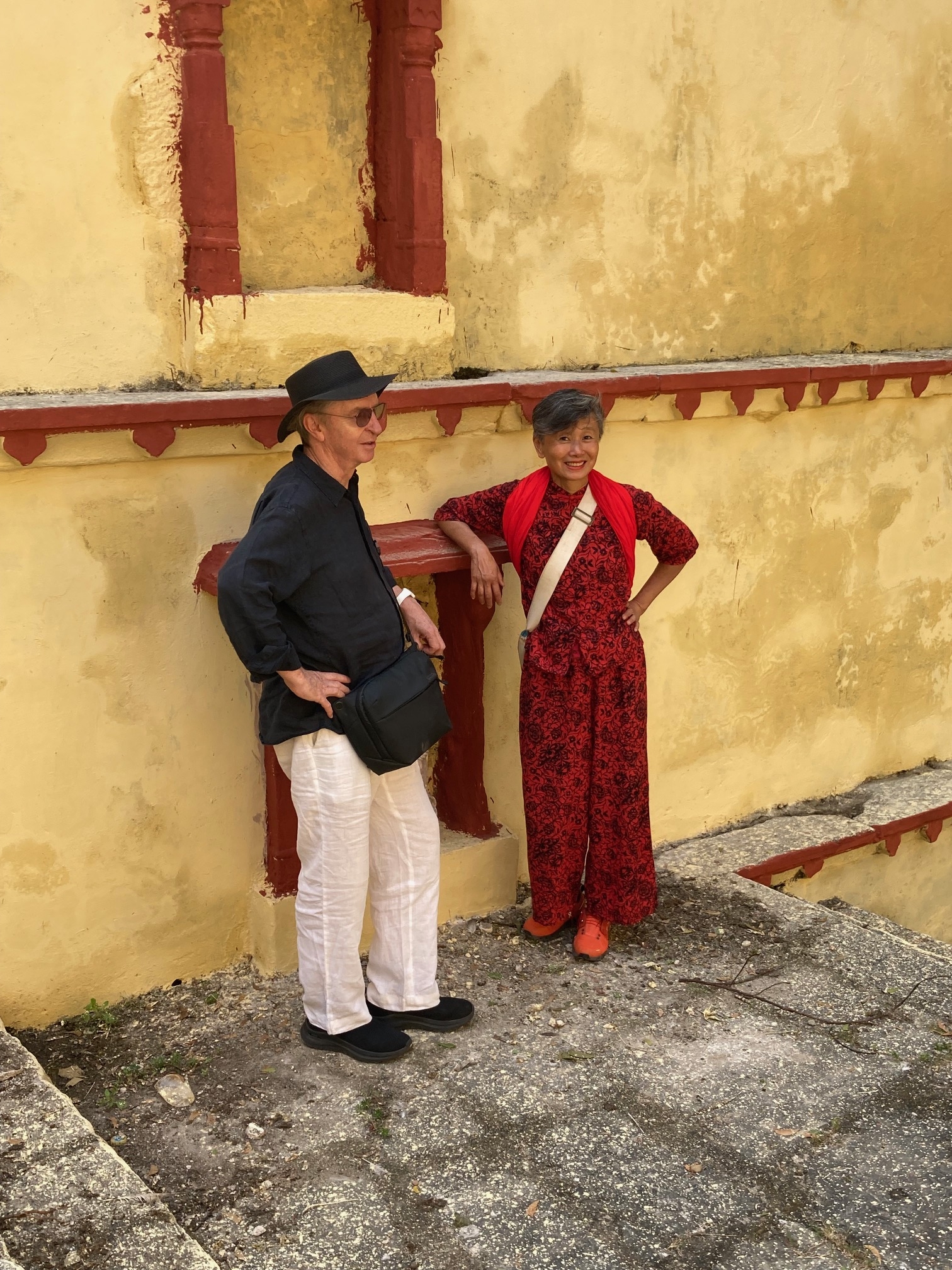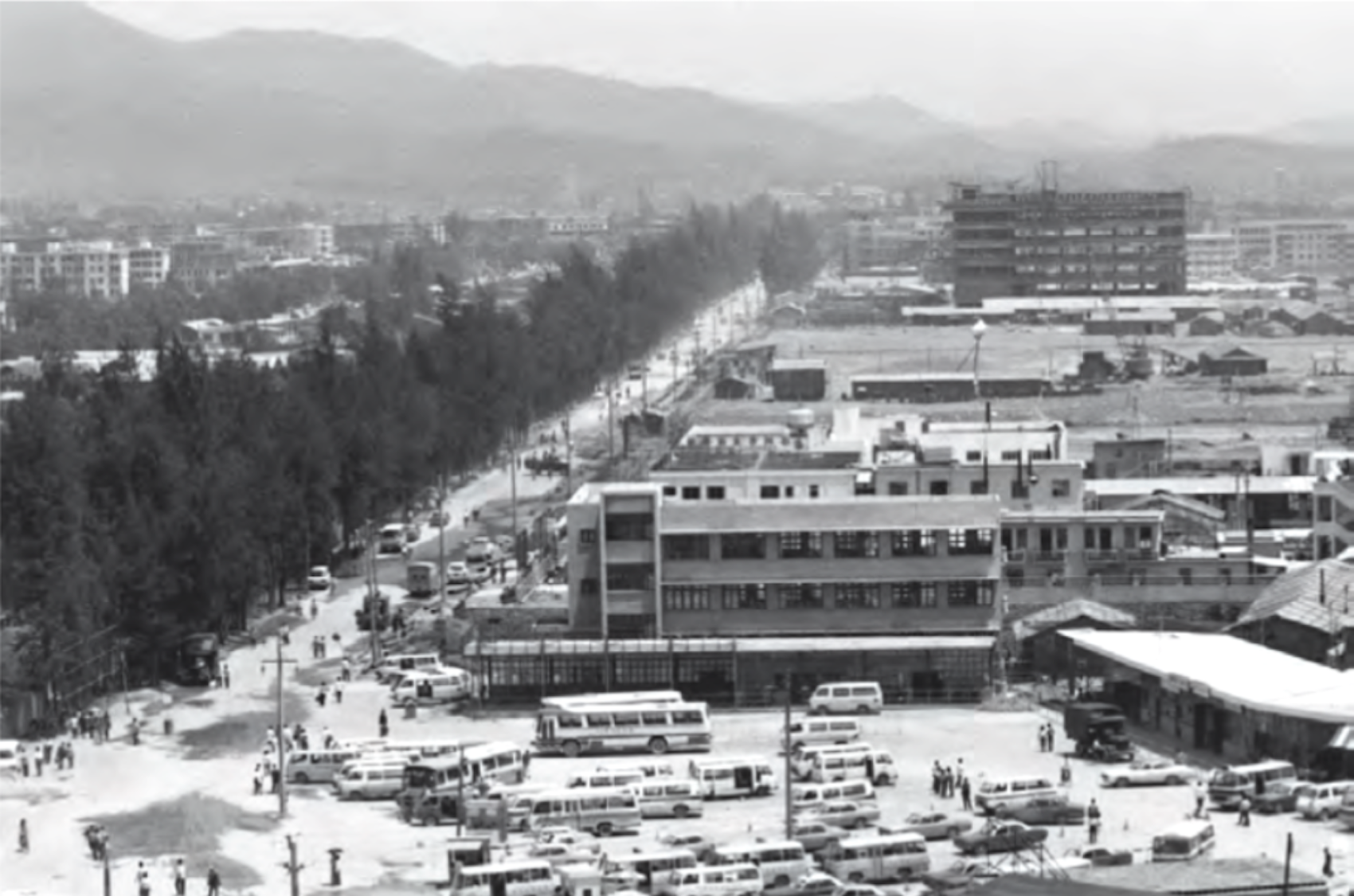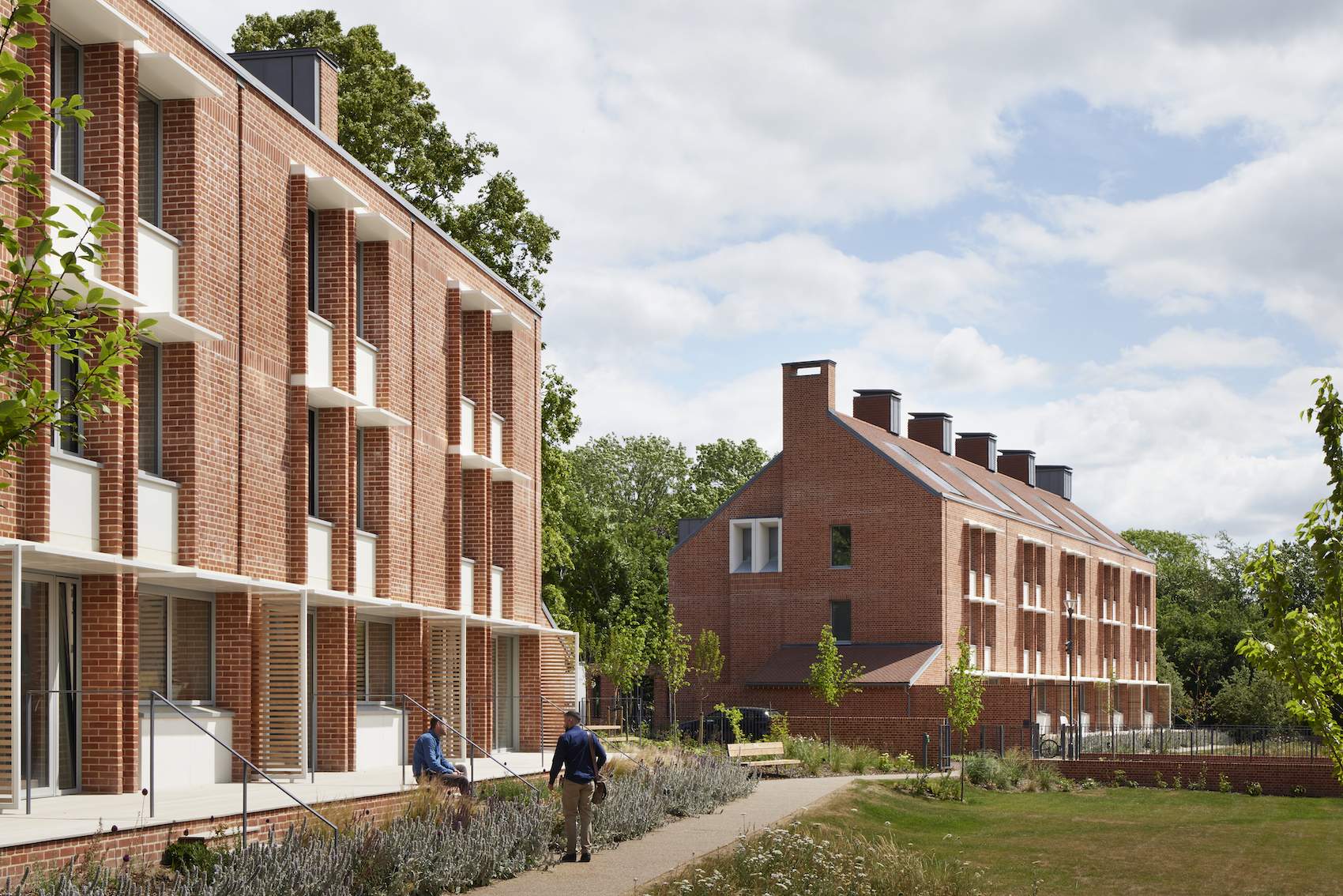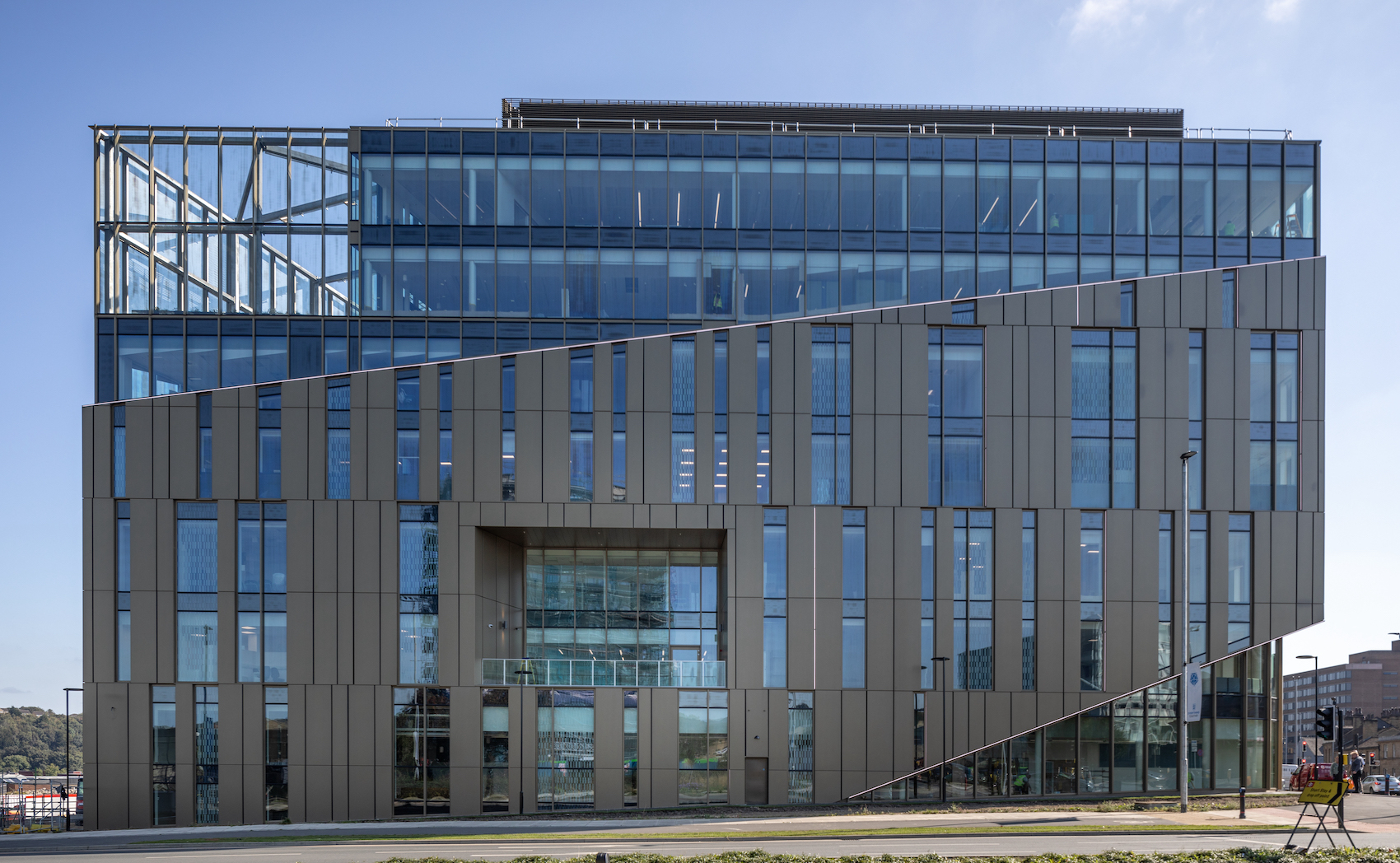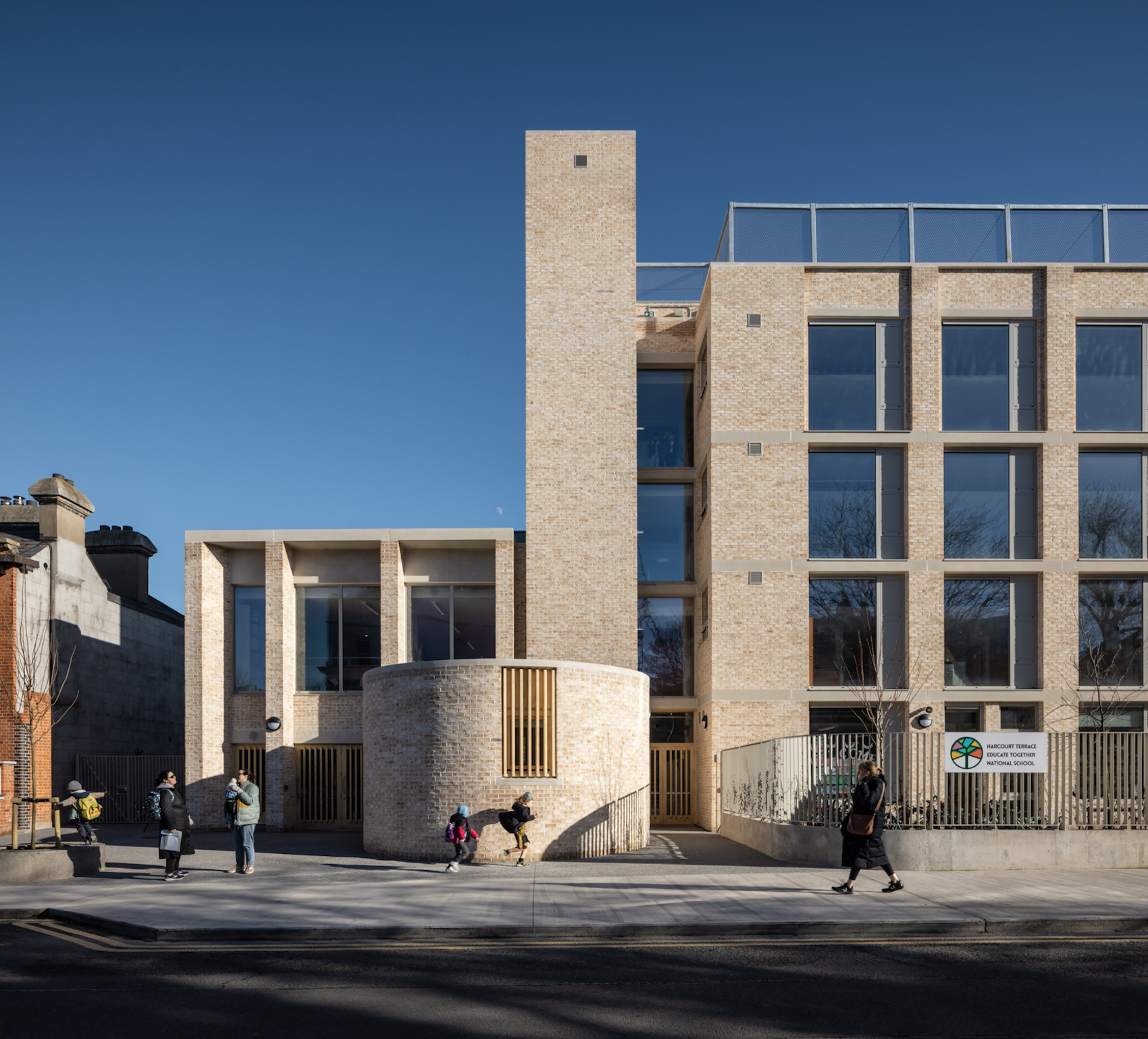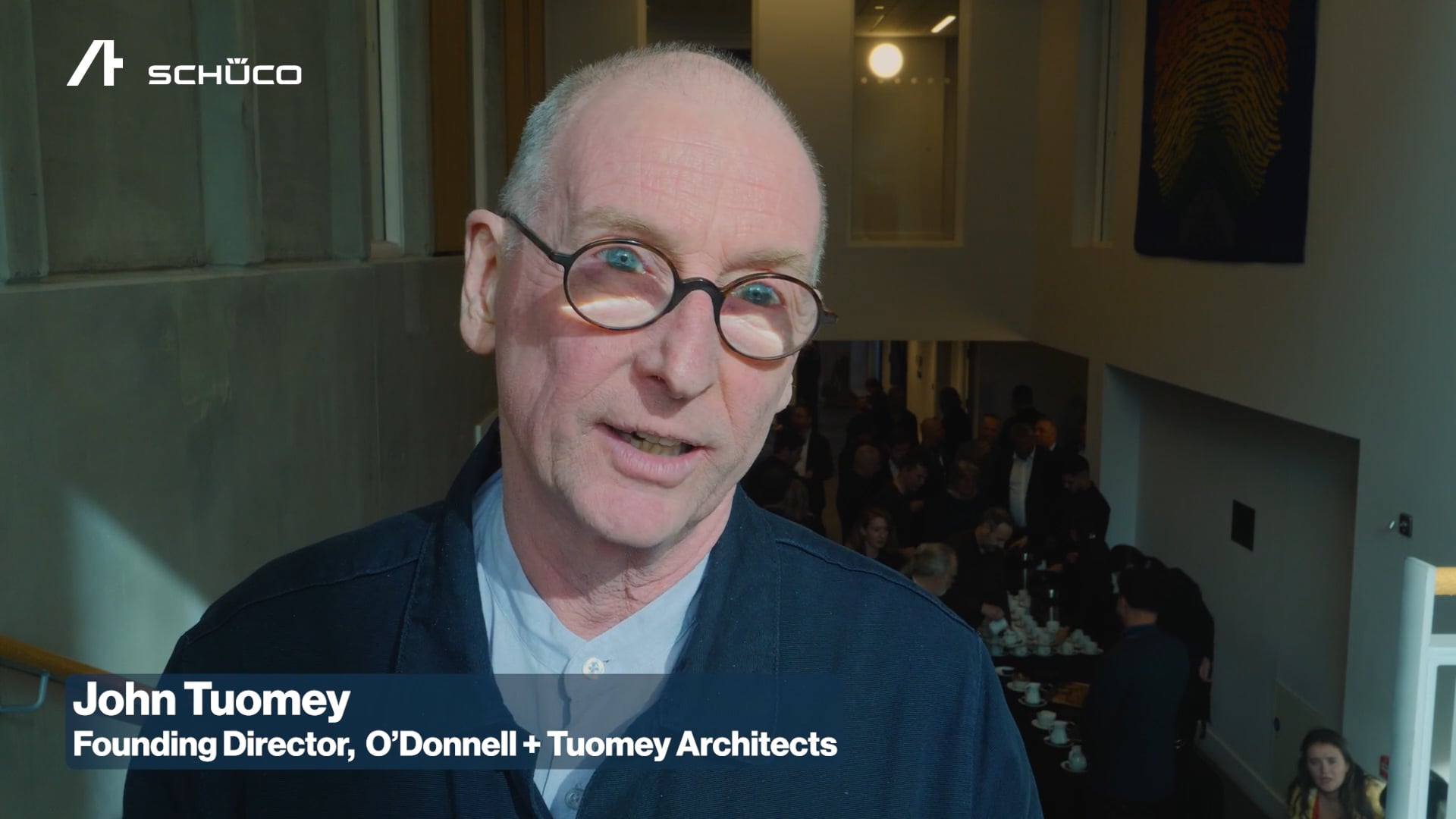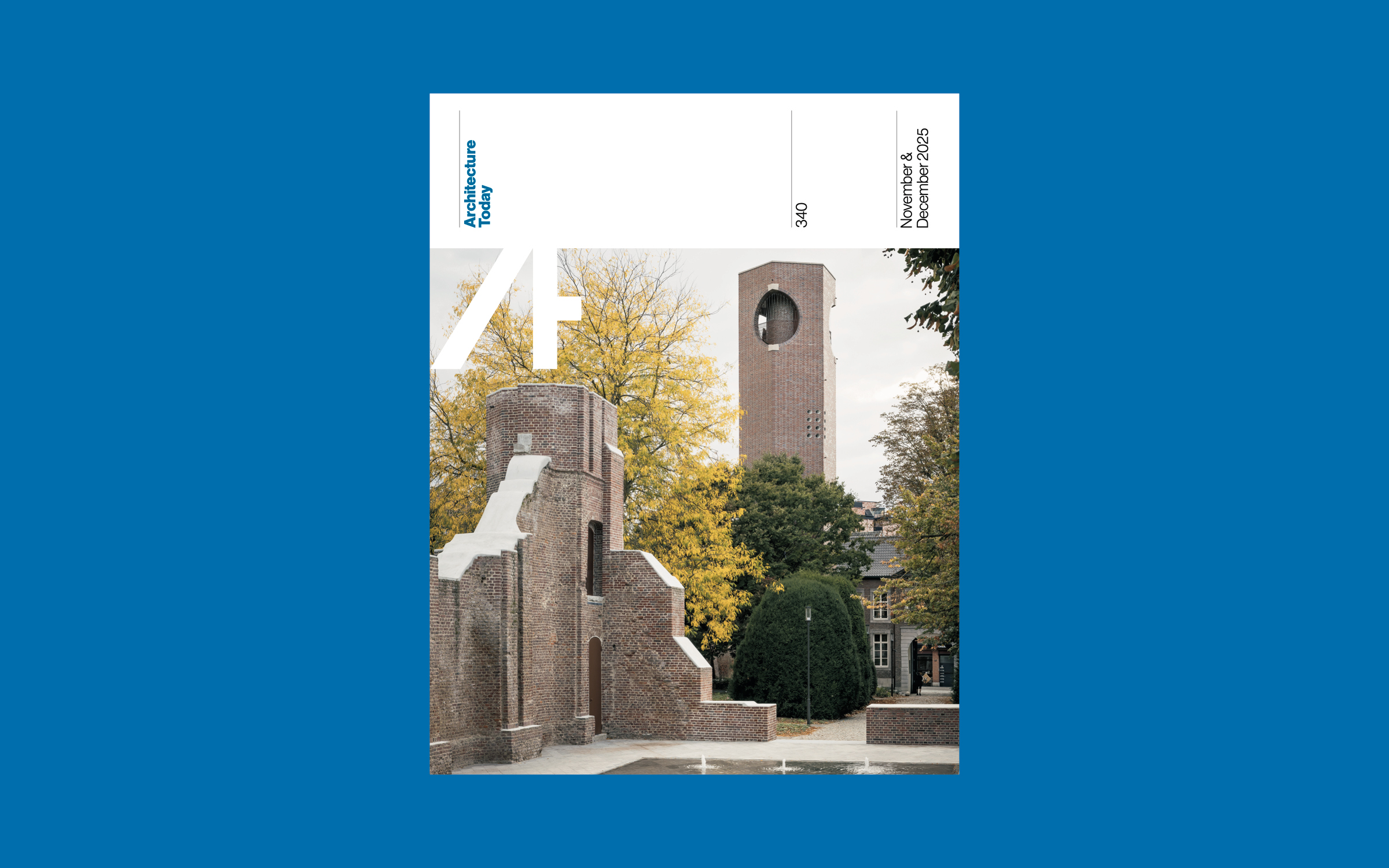Hugh Petter, director at ADAM Architecture outlines how a stewardship-led approach to development can further socially integrated, resilient and sustainable communities.
The new town of Nansledan, near Newquay, which has been developed by the Duchy of Cornwall.
Most new development in Britain is not popular. It is not popular because, too often, communities are not consulted properly so it is not tailored to their needs; because what is promised at the planning stage is rarely delivered on site, and because, quite frankly, the quality of the buildings and the design of the places is often lamentable.
Regulation becomes ever more complex and onerous to try and drive better outcomes. But this rule by the stick only raises the delay and speculative cost of planning applications, squeezing SME developers out of the market (today less than 10% of development is produced by them), and leaving the plc developers, whose formulaic business model is focused upon high profit, repetition and short-term financial return, to dominate. We obsess about low carbon buildings, but no-one even talks about low carbon places: either we have forgotten how to make them, or perhaps the established development models prevent their delivery? It is a vicious circle: the system is well and truly broken.
Placemaking Two by ADAM Architecture, Farrer and Co solicitors, and Future Places Studio, is a follow-up to a similar study we published pre-Covid. It unpacks the current issues and offers rounded insight to help stimulate the debate and to inspire better outcomes through stewardship.
Landowners, with their core asset, hold the key. Roger Scruton’s Commission identified that an up-front land sale might not deliver best value: deferred returns can deliver significant economic, social, and environmental dividends. Working collaboratively with the local authority and communities, landowners and their SME developer partners can, through a common aspiration contract of the kind developed by Farrer and Co, create a coherent and compelling long-term vision tuned to local need.
Crucially, landowners can remain in control through successive approval gateways that are separate from planning, to ensure that what is promised at the outset is delivered on site. The sweet spot is to fuse the landowner’s vision with the commercial acumen of the developer partner.
The current culture of endless housing estates leaves a toxic legacy for future generations. Buildings will come and go over time, but the layout of the site will endure, so a masterplan must connect properly to the wider settlement; must anticipate necessary future infrastructure and must be capable of accommodating change. The design code and masterplan must nurture the cohesion of the new community through walkable neighbourhoods, a good variety of housing types and tenures, commercial buildings, schools, community buildings, good quality green infrastructure, and encourage bio-diversity net gain.
Non-residential uses and affordable housing are often dropped on grounds of viability but when integrated and designed properly within the masterplan, and when properly managed, they can increase the value of the neighbouring housing. Common Aspiration arrangements enable long term partners to remain focused on delivering the vision, creating long term value, and establishing long term sustainable local supply chains. Putting money back into the local economy creates employment opportunities, reduces embodied carbon and can help reinforce regional architectural identity. It is virtuous circles such as these that a stewardship approach can facilitate. Cost and value, like sustainability, must be looked at holistically: there is clear evidence from around the country from stewardship-led developments that better placemaking, as I have outlined here, is popular and can create a significant sales premium.
Local Development Orders (LDO) are a planning instrument that until recently have been used sparingly. In essence an LDO secures planning permission and devolves control to the landowner team within an agreed set of parameters, leaving projects better able to respond quickly to changing needs and new commercial opportunities, whilst reducing red tape, delay, cost and risk. The Local Planning Authority monitors the administration of the LDO and can remove it if the agreed parameters are not adhered to. LDOs are beginning to be used as carrot to reward projects with a proven track record of delivering an agreed vision.
The current housing crisis is not just about the need to deliver 300,000 new homes a year to meet our country’s need. It is also about the quality of the buildings, the communities that are created, and of the new places we design to enable people to live happy, fulfilling and low carbon lives. There is much more work to do in the areas I have mentioned above and elsewhere: for example, in levelling up the taxation system which currently discourages a landowner from remaining engaged for the long term.
With a general election due now within months, for the sake of our own well-being; for that of future generations, and for the whole planet, we hope that our Placemaking Two report offers fresh insight and hope through a proven roadmap for the creation of more popular, socially integrated, resilient and sustainable communities through stewardship.






